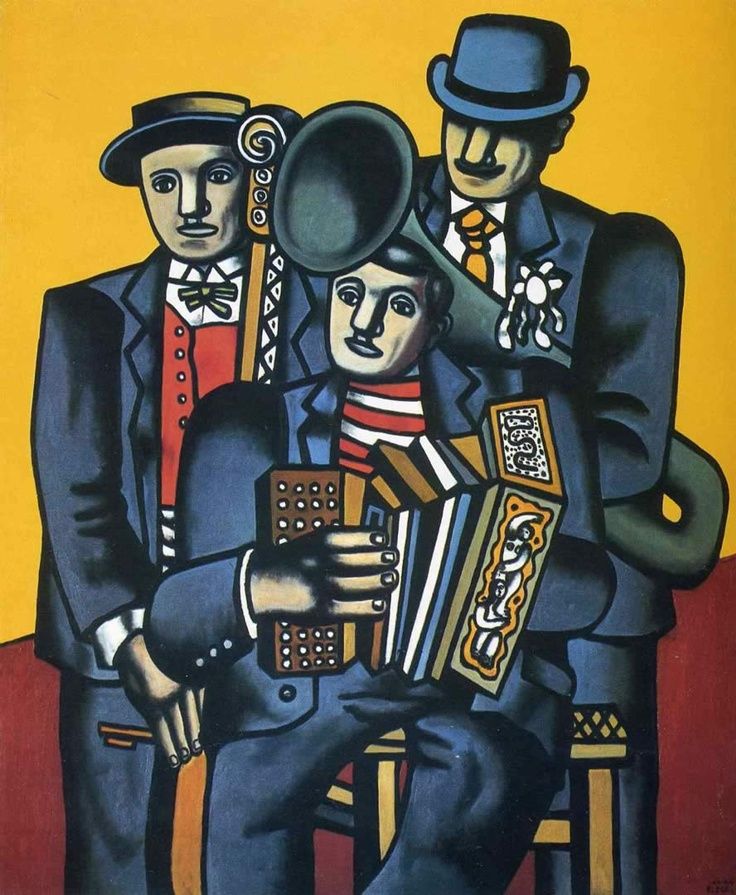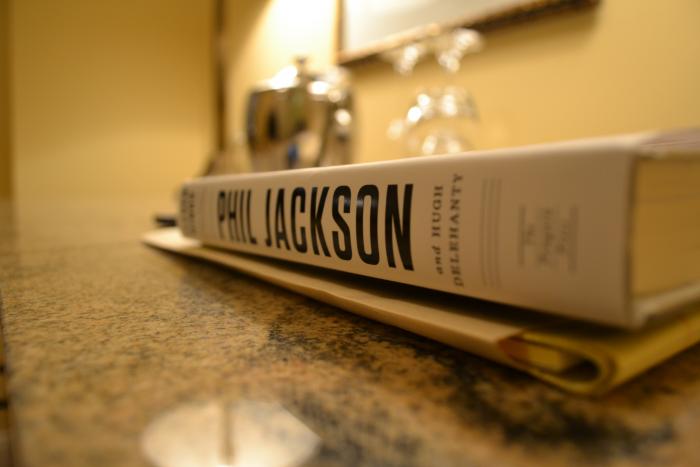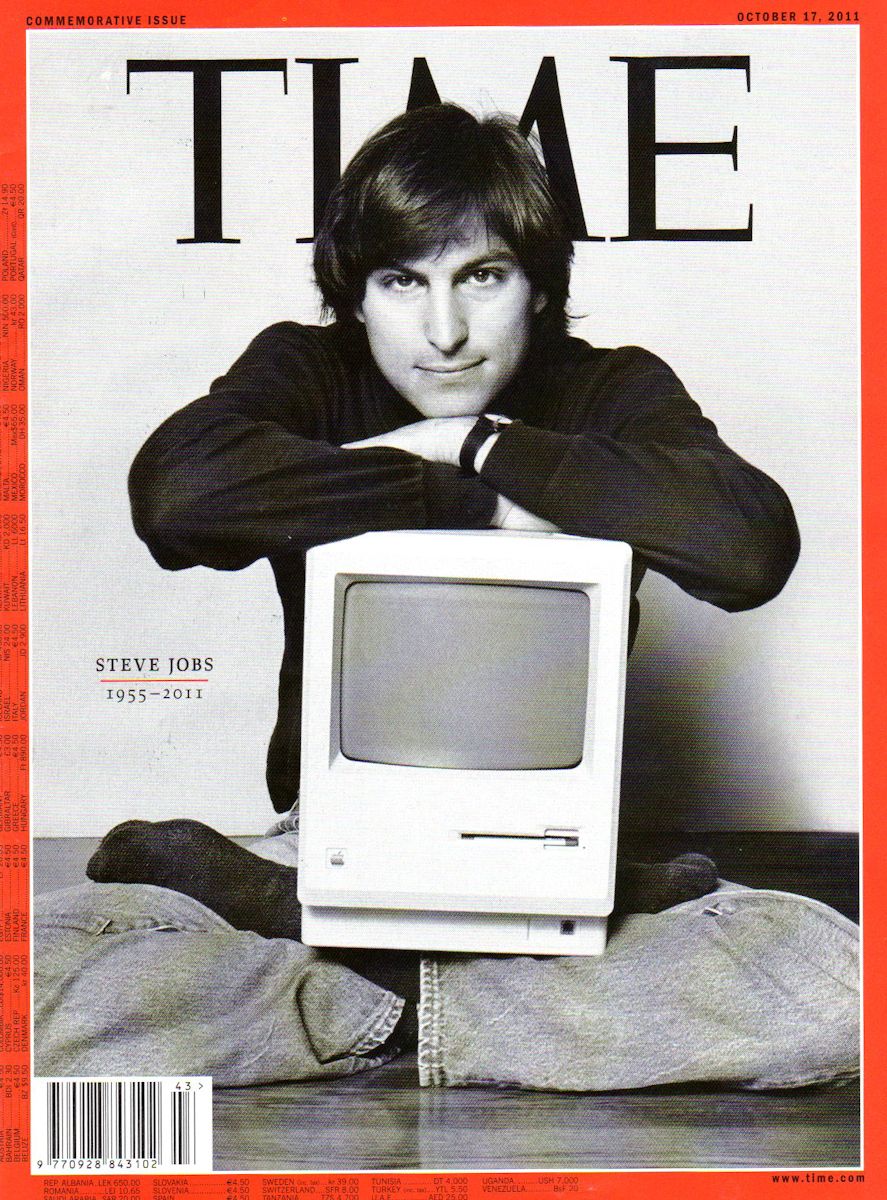Can Art Teach Patience?
Have you ever noticed how long people look at a painting in a museum or gallery? Surveys have clocked view times anywhere between 10 and 17 seconds. The Louvre estimated that visitors studied the Mona Lisa, the most famous painting in the world, for an astoundingly low average of 15 seconds. Our increasingly online, instantaneous existence accounts for those numbers, obviously. Can we ever again find the patience to look at art as it was meant to be seen? A recent article by Harvard University art history professor Dr. Jennifer Roberts argues not only that art requires patience, but also that it can teach “the power of patience.” Where patience once stood for the helplessness of standing in line at the DMV, patience, in Roberts’ argument, can now stand for empowerment, a “time management” choice that can drive us to look not just at paintings, but at our whole lives.
Via Bob Duggan and Art Blog by Bob
Image via Moma (Fernand Léger, The Three Musicians)








